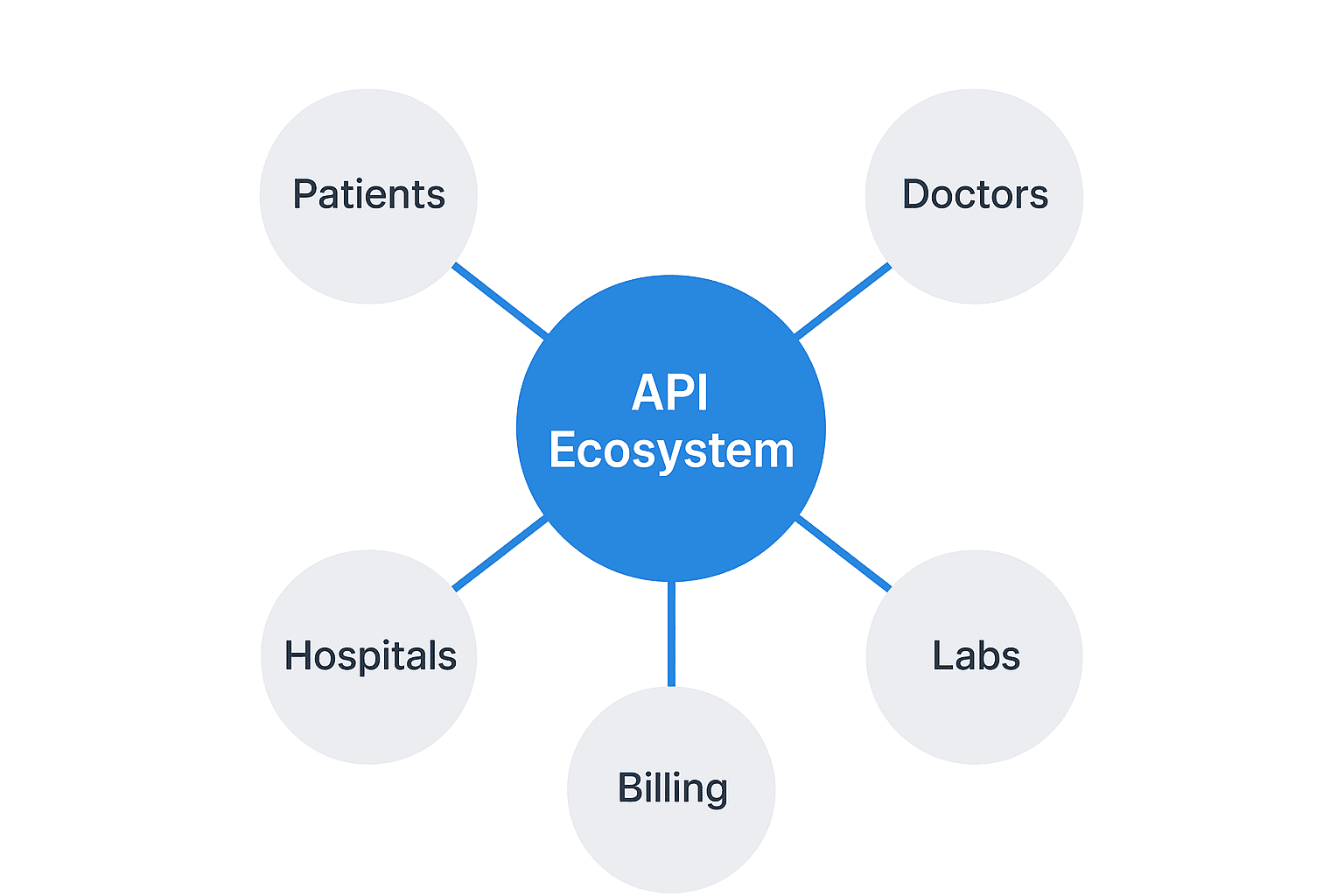Selling your Sleep Medicine practice is one of the most significant financial decisions of your career. In Virginia, a dynamic market presents both unique opportunities and complexities. Strategic preparation is the key to navigating this landscape, ensuring you protect your legacy and maximize your practice’s value. This guide provides a direct overview of the current market, the sale process, and how to position your practice for a successful transition.
Market Overview
The market for sleep medicine in Virginia is healthy and active. A consistent demand for services like sleep apnea diagnosis and treatment fuels a stable environment for practice owners. We are seeing a clear trend of consolidation where independent practices are being acquired by larger health systems and private equity-backed groups. This creates a competitive environment for attractive practices. For a seller, this means you are likely to have multiple types of interested buyers, from strategic groups looking to expand their footprint to larger organizations aiming to add a new service line. The key is understanding how to position your practice to appeal to the right buyer.
Key Considerations for Sellers
When a potential buyer evaluates your practice, they look beyond the high-level numbers. They are buying a story of future success. You need to be prepared to articulate the specific strengths that make your practice a valuable asset.
Your Clinical and Operational Strengths
Buyers are attracted to well-run operations with a strong foundation. This includes your accredited facilities, the modern technology you use for in-lab or home studies, and the expertise of your board-certified physicians and dedicated staff. An established patient base with a history of consistent referrals is a powerful indicator of stability and community trust.
Your Strategic Position
Beyond day-to-day operations, your strategic position in the Virginia market matters. This involves your referral relationships with local physicians and health systems, your payer mix, and your potential for growth. Can a new owner easily add ancillary services, expand to a new location, or bring in another physician to meet untapped demand? Clearly outlining this upside is critical.
Market Activity
We see strong interest in specialty practices, and sleep medicine is no exception. While general medical practices might be valued at 0.5 to 0.7 times their annual revenue, a well-run specialty practice can command a significantly higher multiple. For context, we recently saw a sleep disorder practice with roughly $1.9 million in annual revenue sell for $1.8 million. This outcome was directly tied to its strong profitability, with a net cash flow of over $835,000. This example shows that buyers are willing to pay a premium for practices that demonstrate not just high revenue, but high-quality, sustainable earnings.
The Sale Process at a Glance
Selling your practice is not a single event but a multi-stage process. Having a clear roadmap helps manage expectations and avoid common pitfalls. While every deal is unique, the journey generally follows these five phases:
- Preparation and Planning: This is where you organize your financial and operational documents. We work with owners to professionalize their reporting long before a buyer ever sees it. This is the time to start thinking about your personal and financial goals for the sale.
- Valuation: A comprehensive valuation is performed to establish a credible asking price. This involves deep analysis of your earnings, assets, and market position, not just a simple formula.
- Marketing: Your practice is confidentially presented to a curated list of qualified buyers. This is done discreetly to protect your staff, patients, and reputation.
- Due Diligence and Negotiation: The top potential buyers will conduct a thorough review of your practice. This is often where deals face challenges if the initial preparation was not thorough. We help manage this process to ensure it runs smoothly.
- Closing: Final legal documents are signed, funds are transferred, and the transition to new ownership begins according to the negotiated plan.
How Your Practice is Valued
Your practice’s valuation is not based on revenue alone. Sophisticated buyers focus on a metric called Adjusted EBITDA (Earnings Before Interest, Taxes, Depreciation, and Amortization). This figure represents the true cash flow of your business. It is calculated by taking your net income and adding back taxes, interest, depreciation, and any owner-related personal expenses run through the practice, like a vehicle or non-essential travel. This adjusted number gives a clear picture of profitability. That Adjusted EBITDA is then multiplied by a market-based number (a multiple) to determine the enterprise value. For a sleep medicine practice, this multiple is influenced by factors like your practice’s size, provider reliance, and growth opportunities.
Planning Your Future Post-Sale
The structure of your deal is just as important as the price. Planning for your transition ensures your goals are met long after the sale is complete. Most owners remain involved for a period to ensure a smooth handover, but the terms can vary significantly. Understanding these options upfront is crucial for negotiating an agreement that works for you, your legacy, and your team.
| Scenario | What It Means for You |
|---|---|
| Transition Period | Working for a defined period, often 1-3 years, to ensure a seamless clinical and operational handover. |
| Earnout Structure | A portion of your payment is tied to the practice hitting specific performance goals post-sale. |
| Equity Rollover | You reinvest a part of your sale proceeds into the new, larger entity, retaining a minority stake. |
These structures have major implications for everything from your tax burden to your potential for future financial upside. Thinking about them early in the process is one of the most important things you can do.
Frequently Asked Questions
What is the current market condition for selling a sleep medicine practice in Virginia?
The market in Virginia is healthy and active, with strong demand for services such as sleep apnea diagnosis and treatment. Independent practices are often acquired by larger health systems or private equity-backed groups, creating multiple interested buyers and a competitive environment.
What factors do buyers consider when evaluating a sleep medicine practice?
Buyers look beyond just financial numbers; they consider clinical and operational strengths such as accredited facilities, modern technology, expert board-certified physicians, a dedicated staff, and an established, consistent patient base. Strategic position like referral relationships, payer mix, and growth potential also plays a crucial role.
How is the valuation of a sleep medicine practice determined?
Valuation isn’t based solely on revenue. Buyers use Adjusted EBITDA (Earnings Before Interest, Taxes, Depreciation, and Amortization), which reflects true cash flow by adjusting net income for non-operational expenses. This figure is then multiplied by a market-based multiple influenced by practice size, provider reliance, and growth opportunities to set enterprise value.
What are the main stages involved in selling a sleep medicine practice?
The sale process generally involves five phases:
1. Preparation and Planning to organize documents and set goals.
2. Comprehensive Valuation.
3. Confidential Marketing to qualified buyers.
4. Due Diligence and Negotiation.
5. Closing with legal formalities and ownership transition.
What options exist for physicians during the transition after selling their practice?
Common options include a Transition Period working 1-3 years to hand over operations, an Earnout Structure where payment depends on practice performance post-sale, and Equity Rollover allowing reinvestment into the new entity to retain a minority stake. These options impact tax liabilities, financial upside, and legacy protection.



